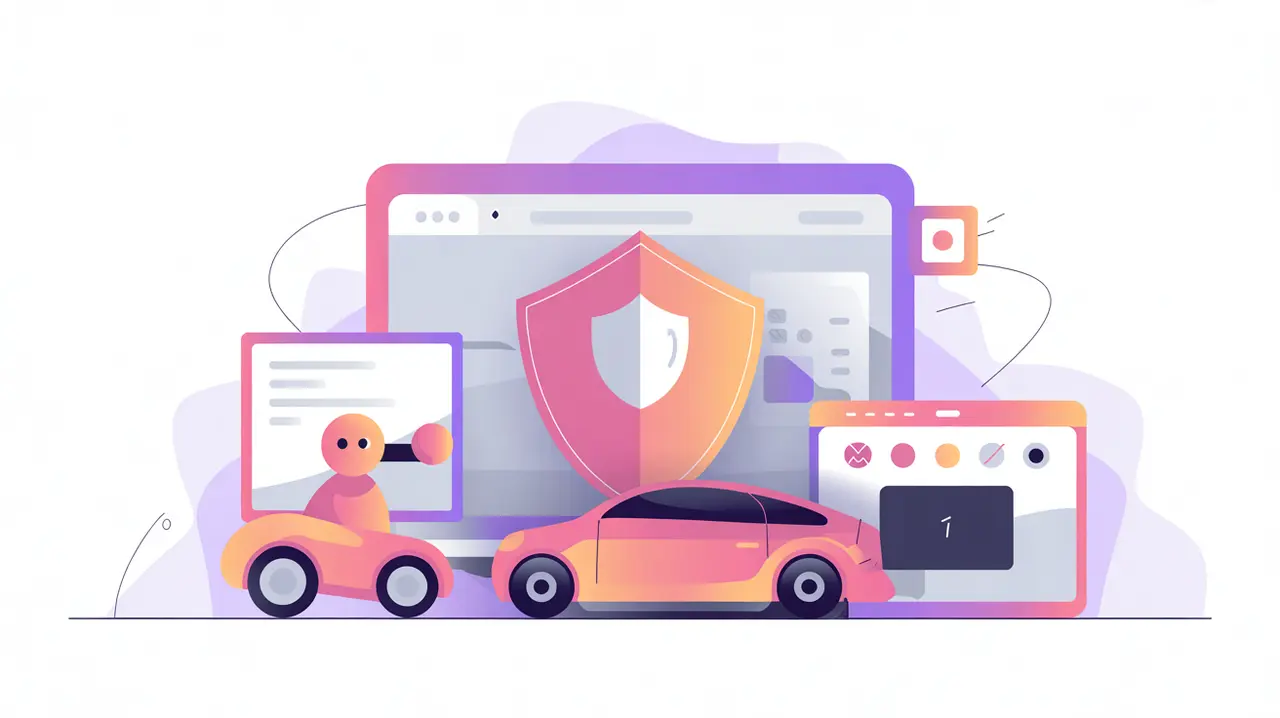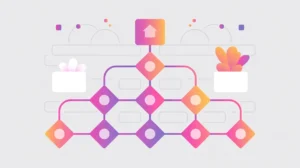Importance of Child Online Protection in AI Systems
Child Online Protection in AI Systems refers to the safeguards, policies, and practices designed to ensure that children are safe, respected, and empowered in digital environments shaped by artificial intelligence. Children are often early adopters of technology yet remain highly vulnerable to risks such as exploitation, exposure to harmful content, and data misuse. Its importance today lies in the widespread use of AI in education, entertainment, and social platforms where children interact daily.
For social innovation and international development, protecting children online matters because mission-driven organizations frequently deliver programs in education, health, and child protection. AI systems must strengthen, not compromise, children’s rights.
Definition and Key Features
Child online protection frameworks are informed by the UN Convention on the Rights of the Child and sector-specific guidelines like UNICEF’s AI for Children policy guidance. Risks in AI contexts include profiling of children, manipulation through targeted advertising, and inadequate consent mechanisms. Protection requires integrating child rights principles, such as safety, privacy, participation, into system design and governance.
This is not the same as general digital safety, which applies to all users. Nor is it equivalent to parental control tools, which often shift responsibility to households rather than addressing systemic risks. Child online protection in AI systems requires institutional responsibility and child-centered design.
How this Works in Practice
In practice, protecting children in AI systems may involve ensuring education platforms do not collect excessive personal data, designing algorithms that filter harmful content, and providing transparency so children understand how systems affect them. Consent mechanisms must account for evolving capacities of children, and child participation should inform the design of systems they use.
Challenges include commercial pressures that incentivize data collection, lack of age-appropriate governance mechanisms, and global inequities in enforcement. AI can inadvertently reinforce risks, for example, when recommendation engines push children toward unsafe content.
Implications for Social Innovators
Child online protection is essential across mission-driven sectors. Education initiatives must ensure AI-powered learning platforms respect privacy and safety while supporting development. Health programs must design digital tools that account for children’s consent and protection needs. Humanitarian agencies working with displaced or vulnerable children must prevent digital exploitation in crisis contexts. Civil society groups advocate for stronger child-centered AI governance frameworks.
By embedding child rights into AI design and governance, organizations ensure that children are not only protected but also empowered to use digital tools safely and meaningfully.







